help identifying salvaged house plant
2 years ago
Featured Answer
Sort by:Oldest
Comments (12)
Related Discussions
cool fuzzy blooming house plant I can't identify, please help me!
Comments (3)a lady brought it to me at the greenhouse, said she was tired of taking care of it. I love it, but don't know what it is. it's easy to take care of though! it's in a hanging basket now and it's starting to trail over the side....See MoreNeed help identifying house plant
Comments (5)@zzackey Yes, the small pot I used has holes at the bottom. @rhizo_1 my bad I meant to say the edges of the leaves are curved, not round. thanks everyone for your answers. I thought it might have been the sansieveria but mine are so small and the leaves looked different from the pictures I've seen. I will definitely look it up, but thank you for pointing me in the right direction! :)...See MoreCan you help identify this house plant?
Comments (6)Big beautiful plant. I hope you figure out what it is because I would love to have one....See MoreHelp with identifying mini tree-like house plant please!
Comments (5)It wouldn't let me upload these last night!...See More- 2 years agolast modified: 2 years ago
- 2 years ago
- 2 years ago
- 2 years ago
- 2 years ago
- 2 years ago
Related Stories
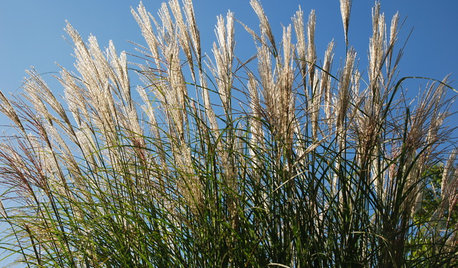
LIFEConsider Avoiding These Plants to Help Keep Your Garden Fire-Safe
Plants that accumulate dead material, are high in oil or have low moisture content in leaves put some homes at risk
Full Story
MOST POPULAR9 Real Ways You Can Help After a House Fire
Suggestions from someone who lost her home to fire — and experienced the staggering generosity of community
Full Story
SELLING YOUR HOUSEThe Real Scents That Will Help Sell Your House
Ditch the potpourri and baked cookies. Follow these guidelines on scents to use and avoid to help sell your home
Full Story
GARDENING GUIDES6 Questions That Will Help You Pick the Best Plants for Your Site
Before you head to the nursery, learn more about your outdoor space
Full Story
LANDSCAPE DESIGNFire-Wise Landscapes Can Help Keep Your Home and Property Safe
Choose fire-resistant plants and materials and create defensible areas using these design strategies
Full Story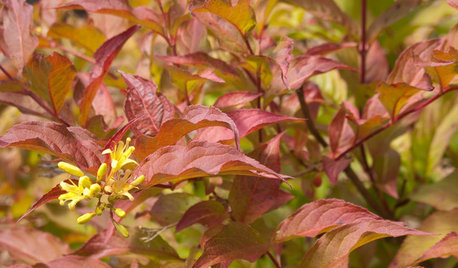
GARDENING GUIDESGreat Design Plant: Northern Bush Honeysuckle, a Bronze Beauty
It helps control erosion and takes sun or shade. The butterflies love it. But the best part of this shrub may be the vivid foliage
Full Story
HOUZZ TOURS175-Square-Foot House Is Small in Scale and Big on Style
See how salvaged materials and eclectic decor make this designer’s personal home in Portland, Oregon, feel cozy and warm
Full Story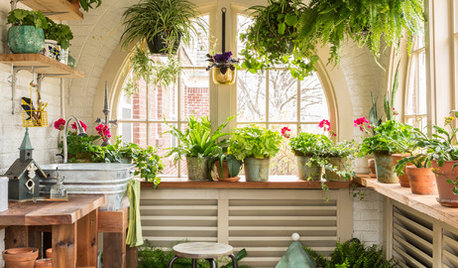
CONTAINER GARDENSIndoor Plants Add Style and Cheer in Winter
Bring more life and color to your interiors with container plants in every room of the house
Full Story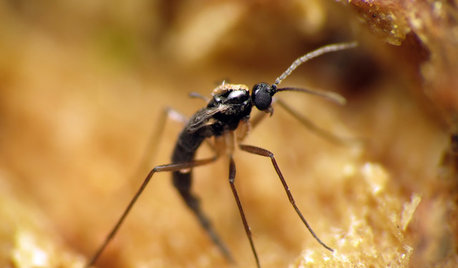
LIFEHow to Get Rid of Gnats Around the House
See swarming bugs in your plants or garden? Focus on the health of the soil and be naturally pest-free
Full Story
SELLING YOUR HOUSESelling? How to Make Your House Look Great in Photos
Improve your home’s shot at a sale by maximizing light, removing clutter and refreshing plants before the photo shoot
Full Story


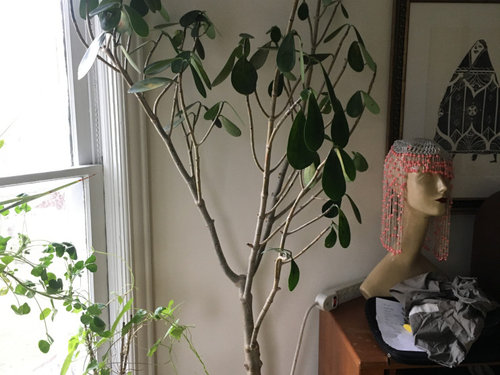
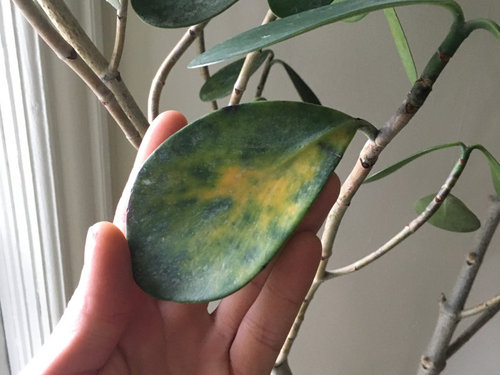
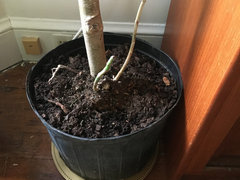
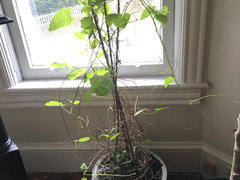
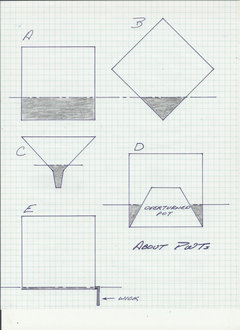


Jurassic Park